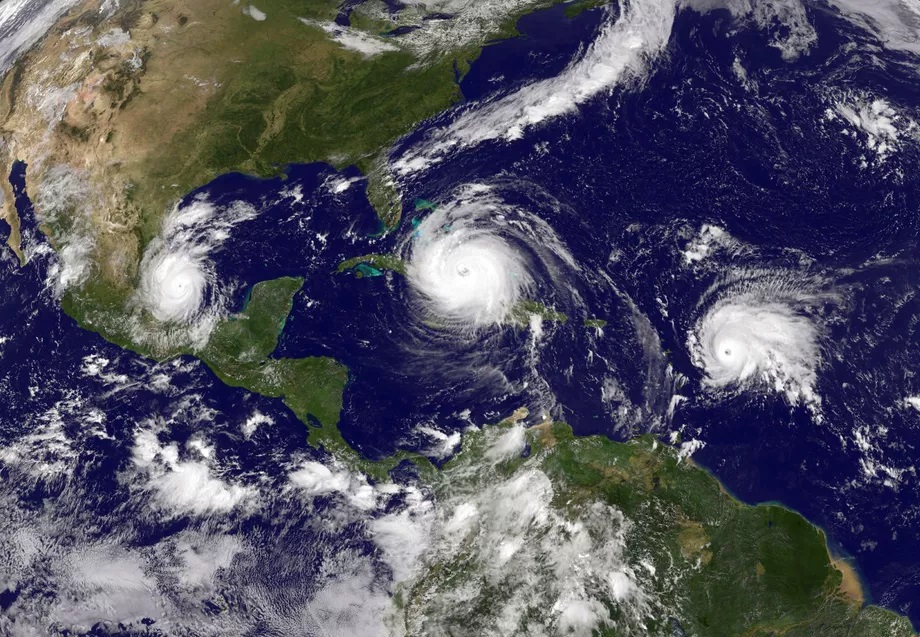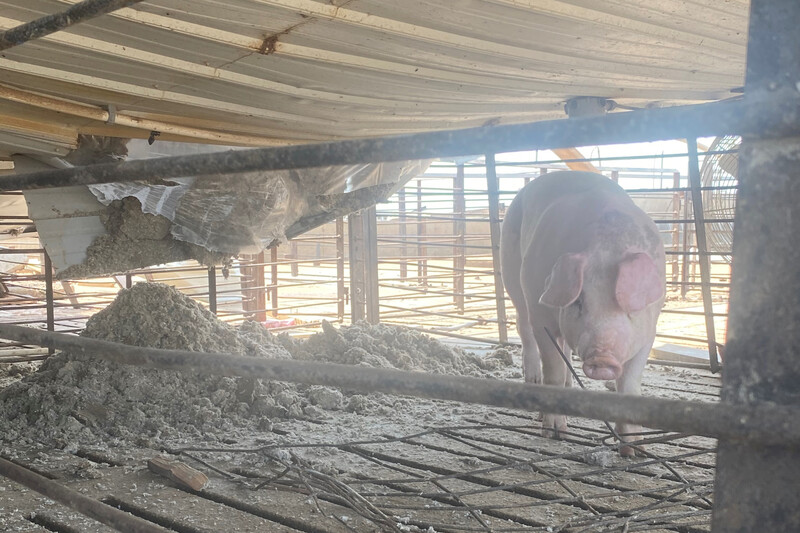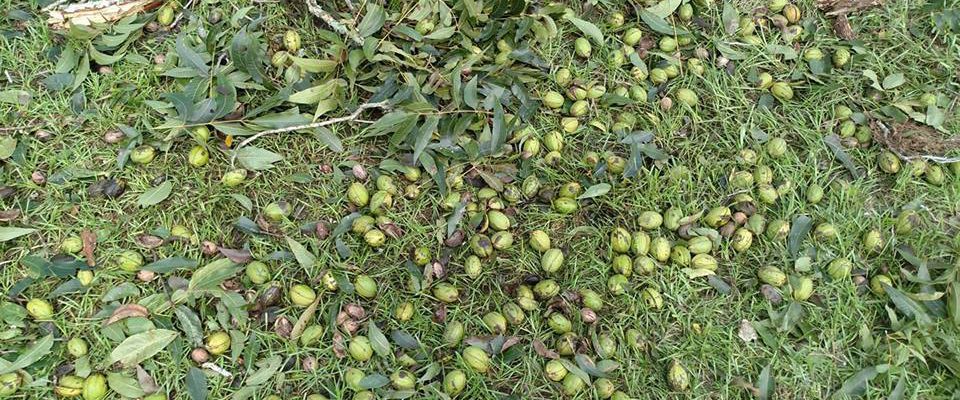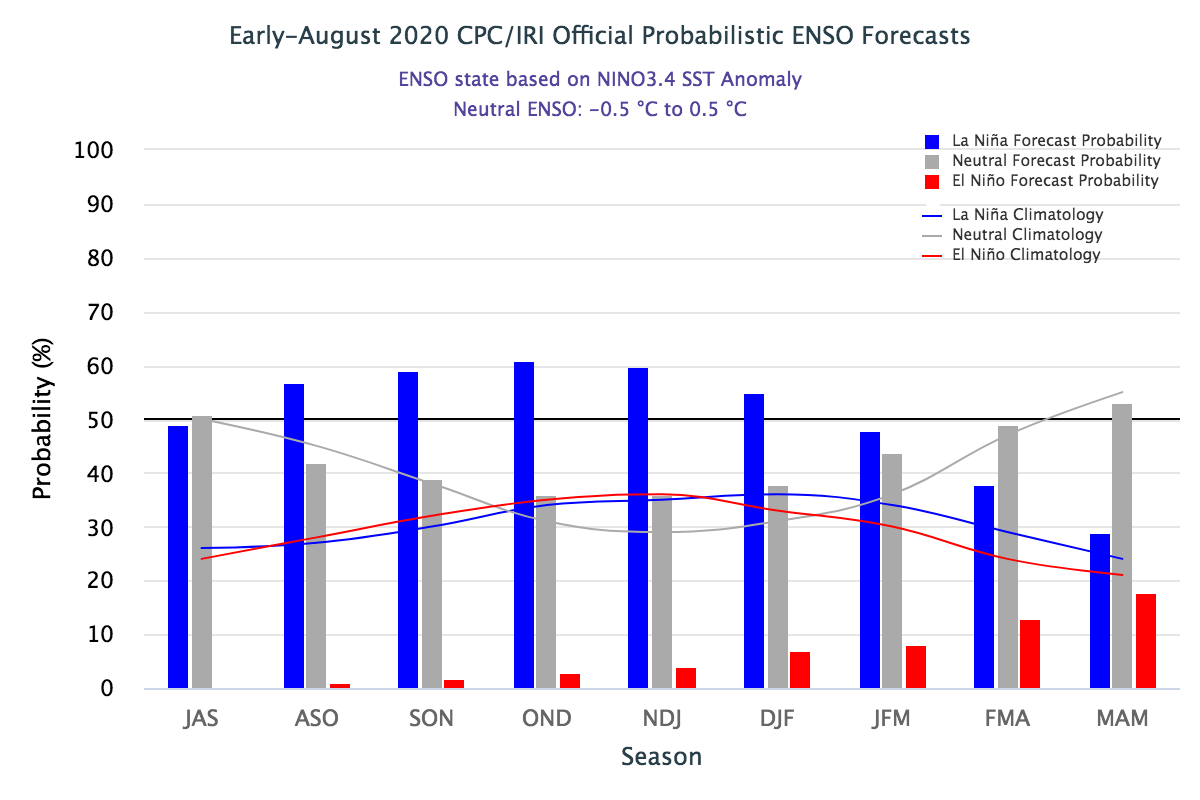-

As you know, we are entering the height of the Atlantic hurricane season, and things are starting to look more active. This is especially true this year because of the convergence of several factors which are all favorable for the development of more storms. The Weather Channel has a good discussion of those factors at…
-

While in the Southeast we have had problems with livestock after some recent hurricanes like Matthew, I don’t usually think about it in terms of bad weather in the Midwest. But the terrible derecho that they had last week has provided some interesting stories about how producers there are dealing with losses of barns, feed…
-

We are now entering the peak hurricane season, and as expected, the tropics are now rapidly becoming more active. The 5-day Atlantic outlook has two areas that are expected to develop into named storms. The eastern wave has a 90 percent chance of development, and could be named Laura in just a day or two.…
-

Death Valley set a record yesterday of 130 F, just a few degrees short of the all-time world record of 134 F which was also set in Death Valley. Today was supposed to be another extreme high, but I have not seen the official high yet. Even the low temperature was above 100 F. The…
Posted in: Climate and Ag in the news -

The Valdosta Daily Times posted a story this week about the state of the pecan harvest this year. It has taken some major hits in the past few years due to Irma in 2017 and Michael in 2018, and many growers are still recovering from those damaging storms. The dry conditions have caused a few…
-

The latest forecast for La Nina by Columbia University’s IRI group shows that this month neutral conditions just barely edge out La Nina conditions 51 to 49 percent, but for the months after that, La Nina conditions are expected to dominate the probabilities until spring. A La Nina winter usually means warmer and drier conditions…
-

Strong winds along the southern coast of Australia can contribute to the development of “reverse waterfalls” where the water actually goes up instead of down because of the power of the air currents. I saw this video from BBC earlier this week and enjoyed the view of the streaming water. You can watch it at…